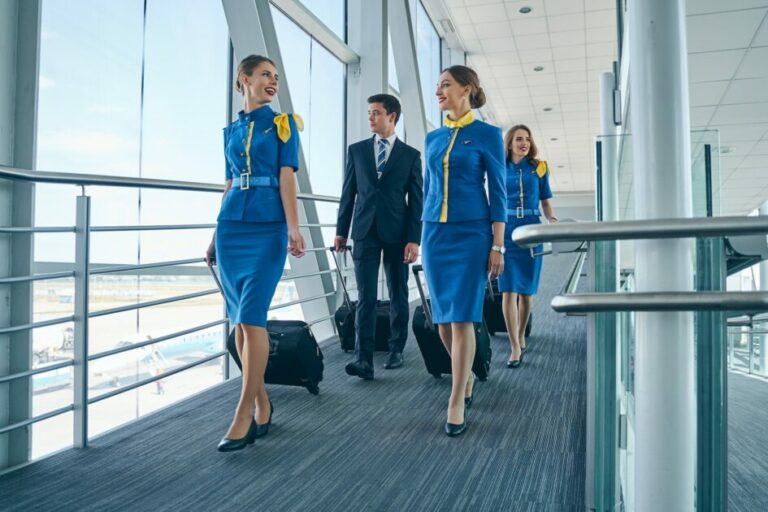
- Date: July 16, 2023
A Comprehensive Guide to the Lounges at Atlanta International Airport
- 6 min read
- 0 comment
Hartsfield-Jackson Atlanta International Airport

In response to economic pressures and operational challenges, Southwest Airlines has recently announced a significant reduction in its flight operations at Hartsfield—Jackson Atlanta International Airport. This move is part of a broader strategy to optimize its network and improve financial efficiency by scaling back from 119 to 94 daily departures. This adjustment reflects the airline’s proactive approach to navigating the fluctuating demands of the aviation industry.

In a recent development, Southwest Airlines announced a significant reduction in its daily weekday departures from Hartsfield—Jackson Atlanta International Airport, signaling a broader strategic adjustment within the company. From 119 robust flights, the number will be trimmed down to 94. This adjustment is part of what appears to be a larger scheme of network optimization aimed at streamlining operations and preserving financial health.
Hartsfield—Jackson Atlanta International Airport, one of the world’s most active and busiest hubs, will see a noticeable decrease in Southwest’s footprint. This decision impacts the passengers and operational dynamics at the airport, where Southwest is considered the second largest carrier. The move to cut down flights includes:

The reduction in Atlanta is just one piece of a more extensive network strategy. Southwest Airlines is set to cease operations at four additional airports, including George Bush International in Houston and international locations like Cozumel. This retreat from several markets is a reaction to a disappointing financial quarter aimed at consolidating the airline’s resources to focus on more profitable or strategic routes.

The first quarter of 2024 was challenging for Southwest, with a net loss of $231 million primarily due to delays in aircraft deliveries from Boeing. This financial hit has influenced several operational decisions, including a freeze on pilot hiring and a reduction in the workforce by approximately 2,000 employees by year’s end. These measures reflect Southwest’s focus on stabilizing its financial standing and adjusting its operational capacity to match current realities.

Looking ahead, Southwest is considering further changes to boost efficiency and profitability. One notable potential shift could be eliminating unassigned seating, a move to speed up the boarding process and reduce turnaround time. Such strategic adjustments are crucial for Southwest as it navigates the operational and financial challenges posed by the current aviation market dynamics.
As Southwest Airlines reevaluates its strategies and operations, the broader implications for the airline industry are clear. Airlines must remain flexible and responsive to both market trends and unexpected challenges. For Southwest, the current scaling down is a strategic step to ensure long-term sustainability and competitiveness in a volatile market.





